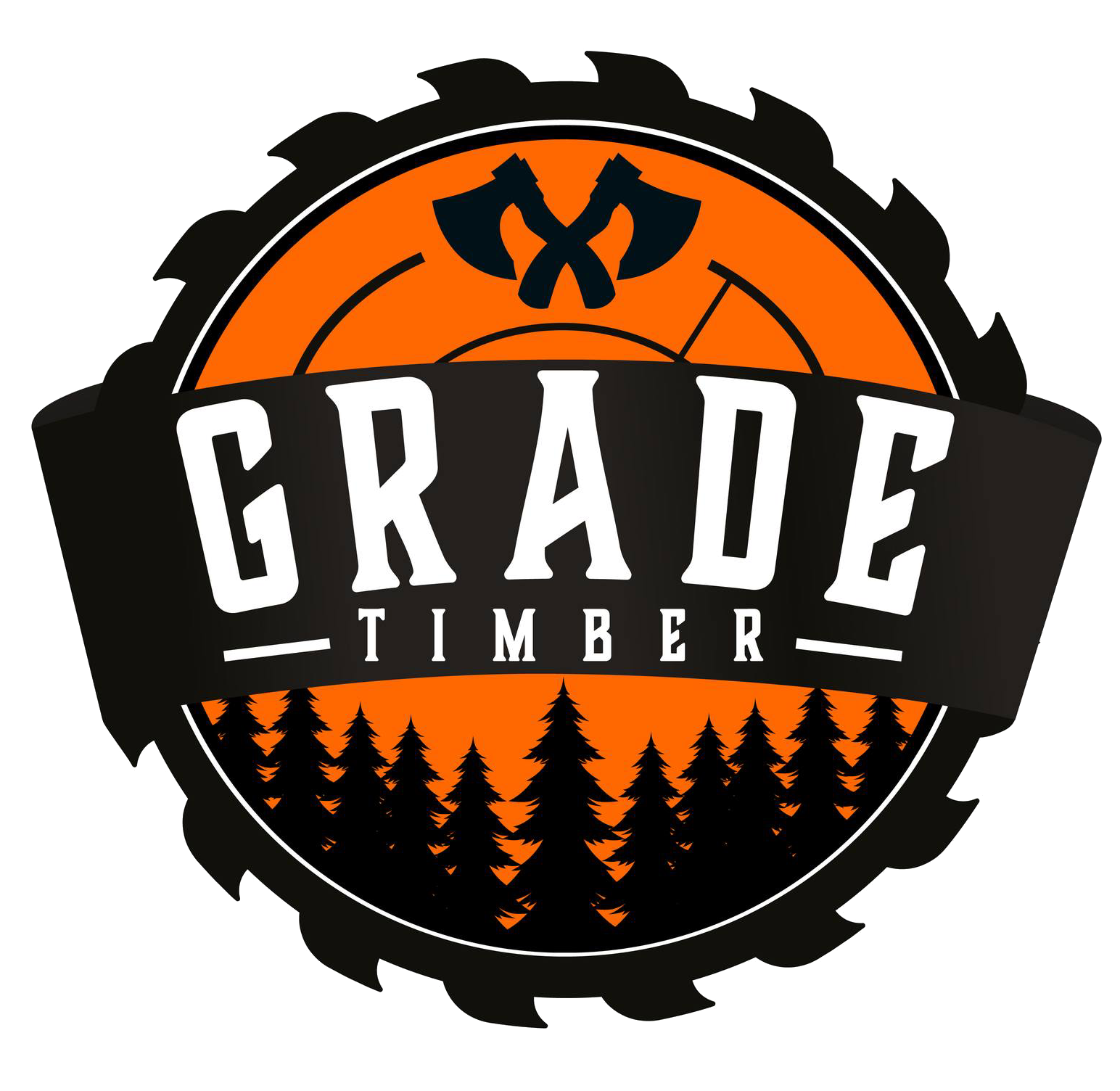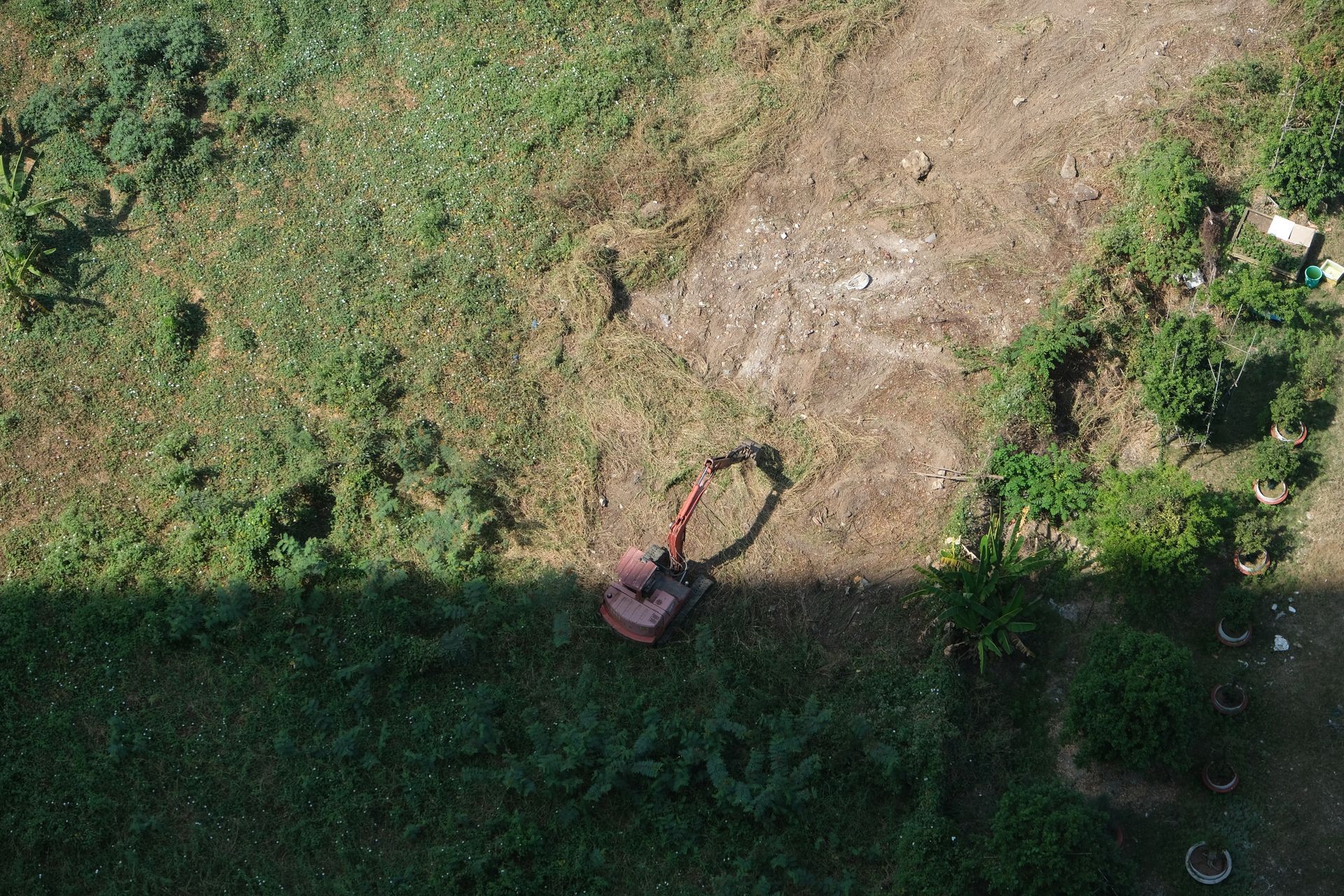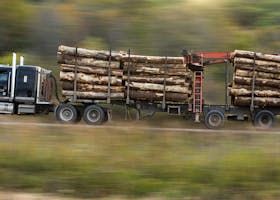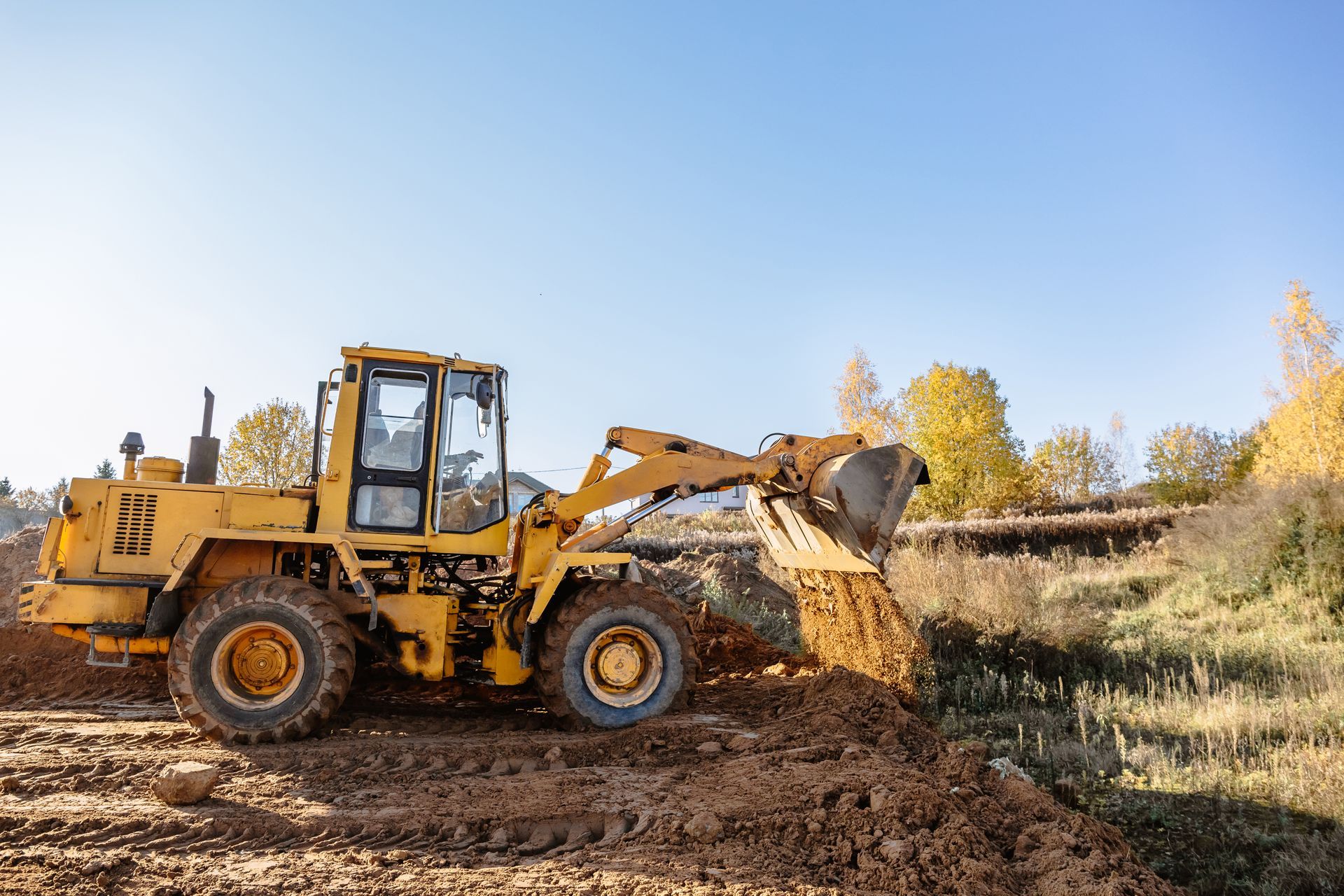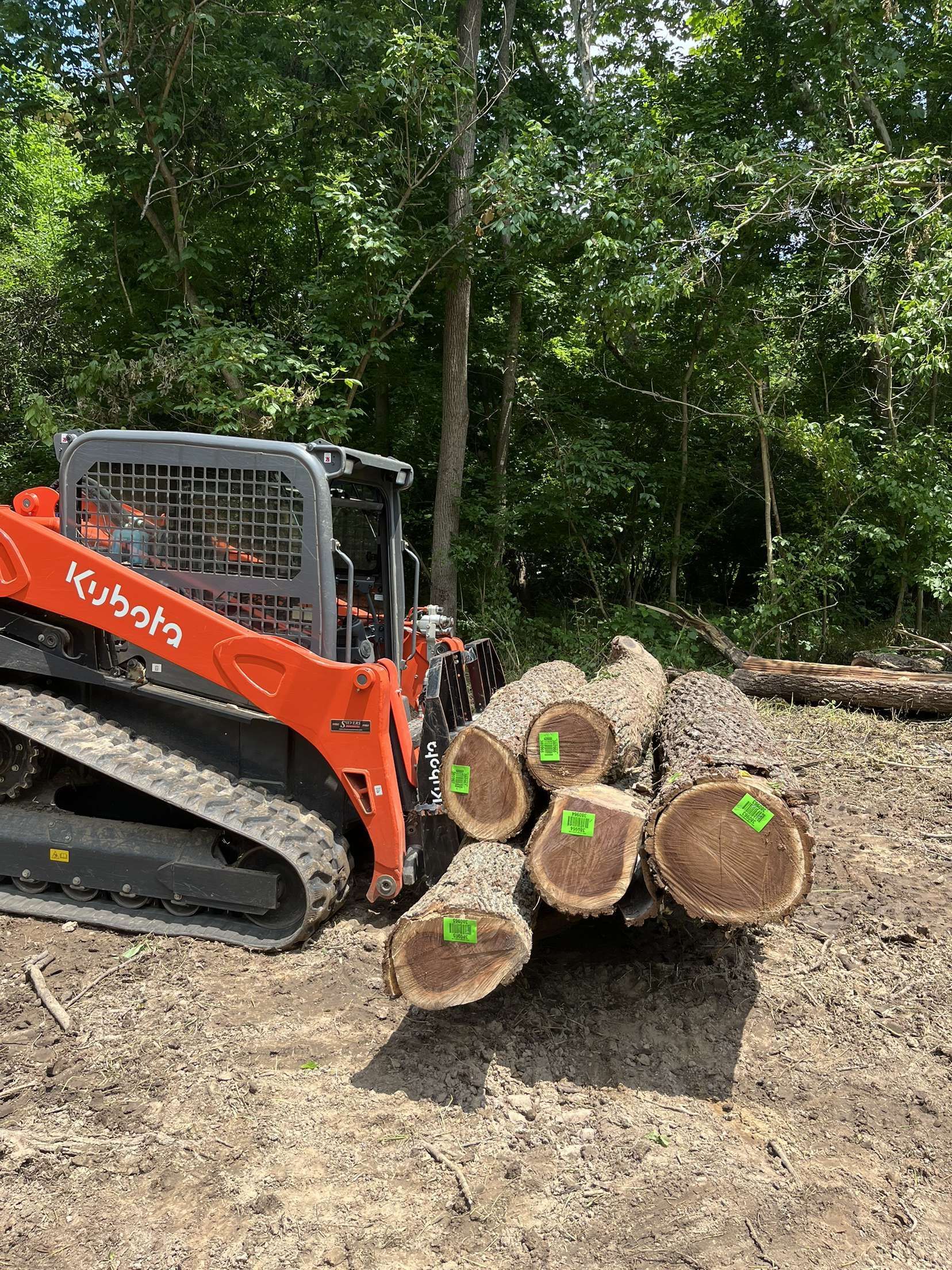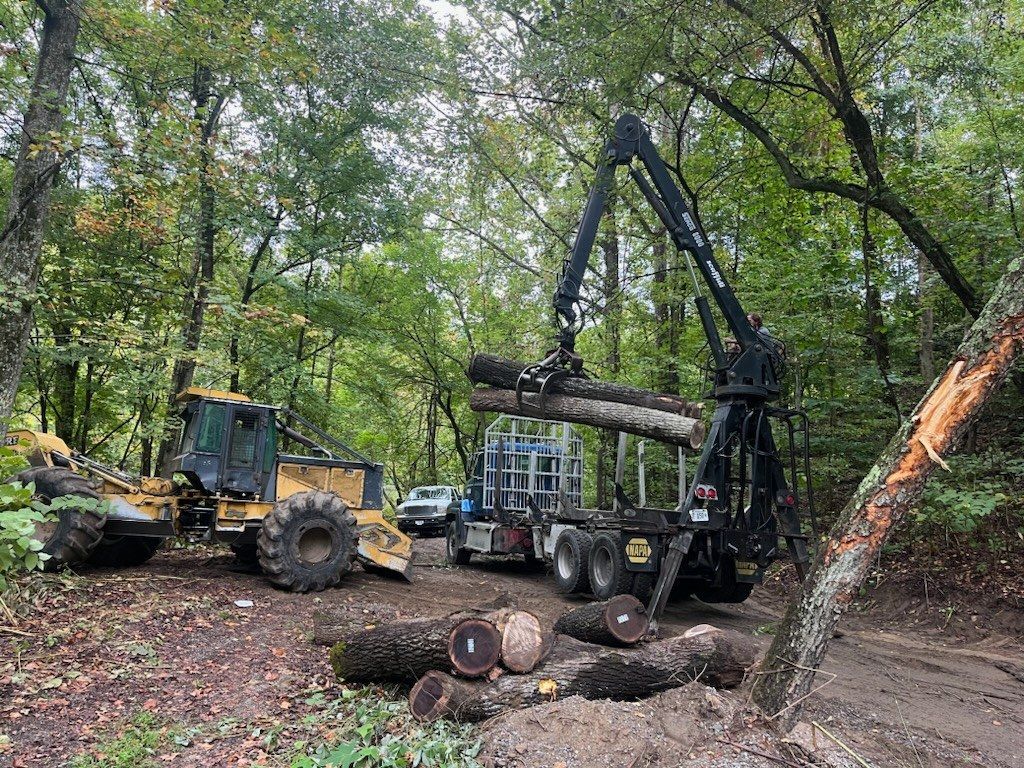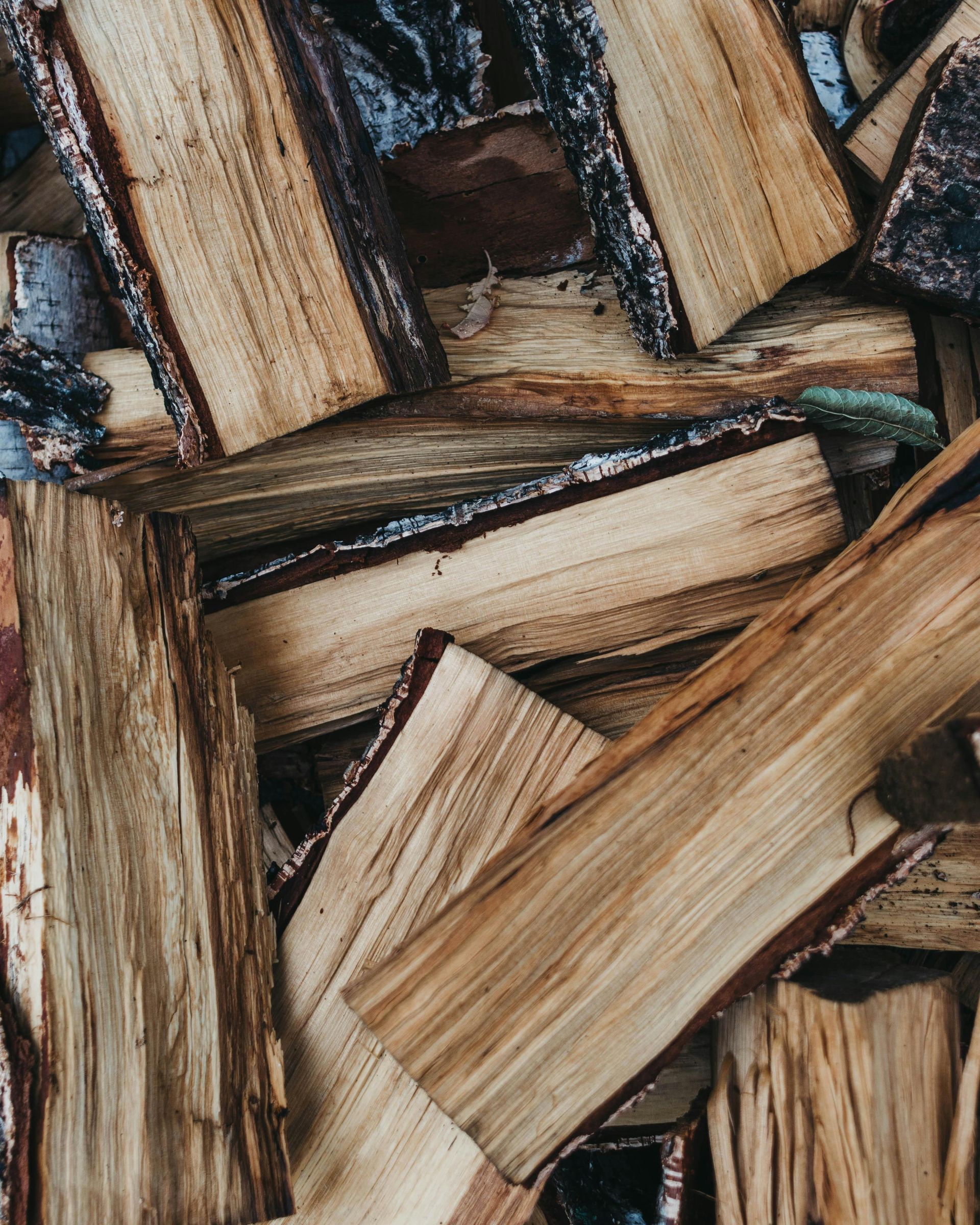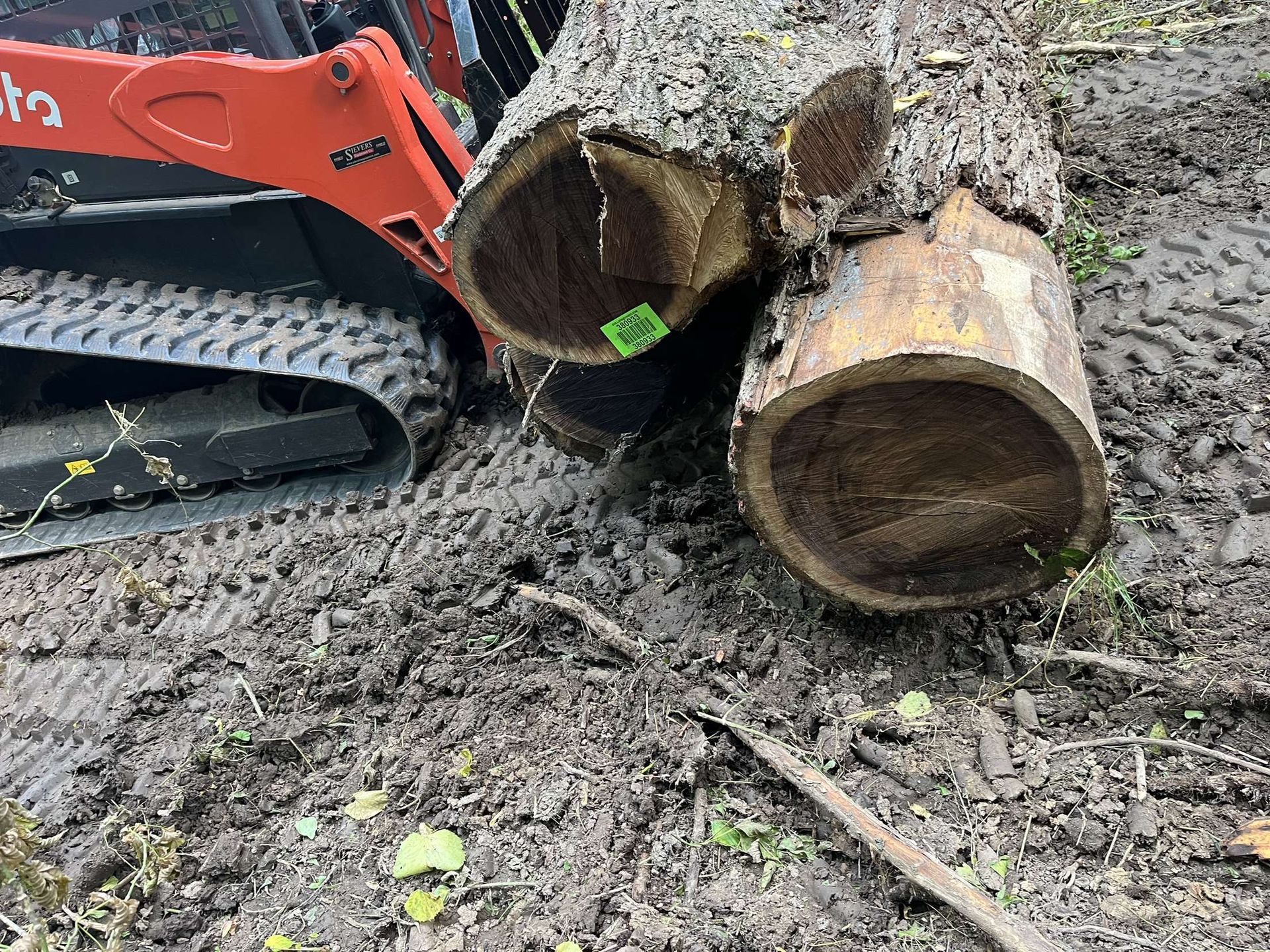Sustainable Walnut Logging Practices: Tips for Landowners to Protect Soil and Wildlife
As an Illinois landowner, managing your walnut groves sustainably isn't just about harvesting valuable timber—it's about preserving the land for future generations. Black walnut trees (Juglans nigra) are a cornerstone of Illinois' 4.4 million acres of forestland, offering high-value wood for veneer, furniture, and more, with 2025 stumpage prices averaging $1,628 per thousand board feet (MBF) and peaking at $3,650 for premium veneer. However, improper logging can lead to soil erosion, wildlife habitat loss, and reduced forest productivity. With growing demand for eco-friendly practices, adopting sustainable methods like selective cutting
and reforestation can protect your property's soil and wildlife while optimizing profits.
This comprehensive guide from GradeTimber.com dives into eco-friendly harvesting techniques, selective cutting strategies, and reforestation tips tailored for Illinois walnut groves. We'll include real landowner case studies to illustrate success, helping you target searches like "sustainable walnut tree logging tips in Illinois" or "eco-friendly black walnut harvesting for landowners." By focusing on responsible forestry, you'll comply with state guidelines from the Illinois Department of Natural Resources (IDNR) and position yourself as a steward of the land. Whether your groves are in the fertile Mississippi River bottoms, the Shawnee Hills, or central prairies, these practices ensure long-term health and value.
The Importance of Sustainable Practices in Illinois Walnut Ecosystems
Illinois' walnut groves thrive in deep, well-drained soils, often mixed with oaks and hickories, supporting diverse wildlife from deer and turkeys to endangered Indiana bats. These trees provide mast (nuts) for food and deep roots for soil stability, but their juglone toxin suppresses undergrowth, creating unique ecosystems. Unsustainable logging, like clear-cutting, exacerbates erosion in areas with 38 inches of annual rainfall and disrupts habitats.
Sustainable approaches mimic natural disturbances, maintaining 70-80% canopy cover to preserve biodiversity. The Illinois Forest Action Plan emphasizes soil and wildlife protection, with voluntary Best Management Practices (BMPs) guiding harvests. Benefits include eligibility for programs like the Environmental Quality Incentives Program (EQIP), covering up to 75% of costs for erosion control, and tax breaks under the Forestry Development Act. For walnut-specific sustainability, focus on low-impact methods to avoid compacting Illinois' loess and till soils, which are prone to degradation.
Eco-Friendly Harvesting Techniques for Walnut Trees
Eco-friendly harvesting minimizes environmental impact while targeting high-value walnuts. Key techniques include:
● Winter Harvesting: Log during frozen ground periods (typically January-February in Illinois) to reduce soil rutting and compaction by up to 40%. This is ideal for walnut-rich bottomlands, as frozen soil supports heavy equipment without damaging roots or creating erosion channels.
● Low-Impact Equipment: Use rubber-tired skidders or forwarders instead of tracked machines to lower ground pressure. Designate skid trails to cover less than 15% of the site, routing them along contours to prevent runoff. Poignant Logging, an Illinois-based company, employs these methods to minimize woodland impact.
● Directional Felling: Fell trees away from streams and residuals to avoid damaging young growth. This preserves soil structure and reduces slash (debris) buildup, which can be mulched on-site for nutrient recycling.
These techniques align with IDNR's BMPs, ensuring water quality protection in walnut areas near rivers like the Illinois or Mississippi.
Selective Cutting Strategies Specific to Walnut Groves
Selective cutting is a cornerstone of sustainable walnut management, removing only mature or defective trees while fostering regeneration. In Illinois, where walnuts grow in mixed stands, this promotes healthier forests by thinning the canopy to allow sunlight for understory development.
● Target Selection: Harvest trees over 20-24 inches DBH (diameter at breast height) with clear, straight boles for veneer. Leave 50-60% basal area (tree coverage) to maintain shade intolerance—walnuts need light for growth but compete poorly in dense stands.
● Crop Tree Release: Identify 40-60 high-potential walnuts per acre and remove competitors within 20-30 feet. This boosts diameter growth by 0.5-1 inch per year,
enhancing value. Prune lower branches on residuals to improve log quality.
● Integration with Mixtures: In Illinois groves, interplant with shade-tolerant species like oaks to diversify and stabilize soil. Avoid over-thinning, which can invite invasives like bush honeysuckle.
Selective cutting contrasts with clear-cutting, preserving wildlife corridors and reducing erosion on slopes common in southern Illinois. Regular harvests every 10-15 years sustain yields, as seen in Walnut Timber Buyers' practices.
Reforestation Strategies for Walnut Groves
Post-harvest reforestation ensures walnut groves regenerate, countering natural challenges like poor seedling survival due to juglone and deer browse.
● Natural Regeneration: Walnuts self-seed via nuts, but aid by scarifying soil in gaps and protecting from rodents. In Illinois, aim for 100-200 seedlings per acre in openings larger than 1 acre.
● Planting Techniques: Use grafted or improved seedlings for faster growth. Plant at 10x10 foot spacing (436 trees/acre) in spring, with mulch to suppress juglone-sensitive weeds. Mix with companions like white oak or yellow poplar for diversity.
● Site Preparation and Maintenance: Test soil pH (ideal 6.0-7.5); apply lime if needed. Use tree tubes or fencing against deer, and control invasives with herbicides. Illinois Extension recommends 5-7 years of weed control for 94-99% survival.
● Long-Term Management: Thin at 8-15 years to 100 trees/acre, pruning for straight boles. A 50-75 year rotation suits Illinois conditions.
These strategies qualify for cost-share programs, promoting biodiversity.
Protecting Soil During Walnut Logging
Soil protection is vital in walnut logging, as compaction reduces infiltration and nutrient availability.
● Erosion Controls: Install water bars on skid trails and seed disturbed areas with native grasses like switchgrass. Mulch slash to retain moisture and add organic matter.
● Buffer Zones: Maintain 100-foot riparian buffers to filter runoff, per IDNR guidelines.
● Monitoring: Post-harvest, test for compaction and amend with cover crops.
These steps prevent the 10-20% productivity loss from poor practices.
Safeguarding Wildlife in Walnut Harvests
Walnut groves support over 200 species; protect them by:
● Habitat Retention: Leave 4-6 snags (dead trees) per acre for bats and birds; retain understory for mast.
● Seasonal Restrictions: Avoid April-July logging to spare nesting and fawning seasons.
● Invasive Management: Monitor post-harvest for species like garlic mustard, using targeted controls.
Certification like Forest Stewardship Council (FSC) enhances wildlife outcomes.
Real Landowner Case Studies from Illinois
Case studies highlight practical success.
● Central Illinois Farm: A landowner near Peoria selectively harvested 15 mature walnuts using winter low-impact methods. By retaining 60% canopy and planting 200 seedlings, soil erosion dropped 35%, and wildlife sightings increased. Veneer sales netted $18,500 at $3,200/MBF, with reforestation aided by EQIP funds.
● Southern Illinois Woodland: In Shawnee National Forest vicinity, a family implemented selective cutting on 50 acres, focusing on defective trees. Post-harvest, they mulched slash and interplanted oaks, boosting regeneration. Deer populations stabilized, and timber value rose 25% over five years, per IDNR reports.
● Regenerative Approach in Western Illinois: Inspired by broader nut farming, a landowner transitioned to eco-friendly practices, using directional felling and natural seeding. Soil health improved via cover crops, yielding sustainable harvests every decade with minimal wildlife disruption.
These examples show sustainability pays off economically and ecologically.
Resources for Illinois Landowners
● IDNR Foresters: Free management plans and BMP advice.
● Illinois Forestry Association: Workshops on walnut management.
● Extension Guides: University of Illinois resources on planting.
● Certification Programs: FSC or Sustainable Forestry Initiative for premiums.
Embracing these sustainable walnut logging practices safeguards Illinois' natural heritage while securing your financial future. Grade Timber specializes in eco-friendly harvests—download our free Sustainable Forestry Guide and contact us for a consultation to start protecting your land today.
